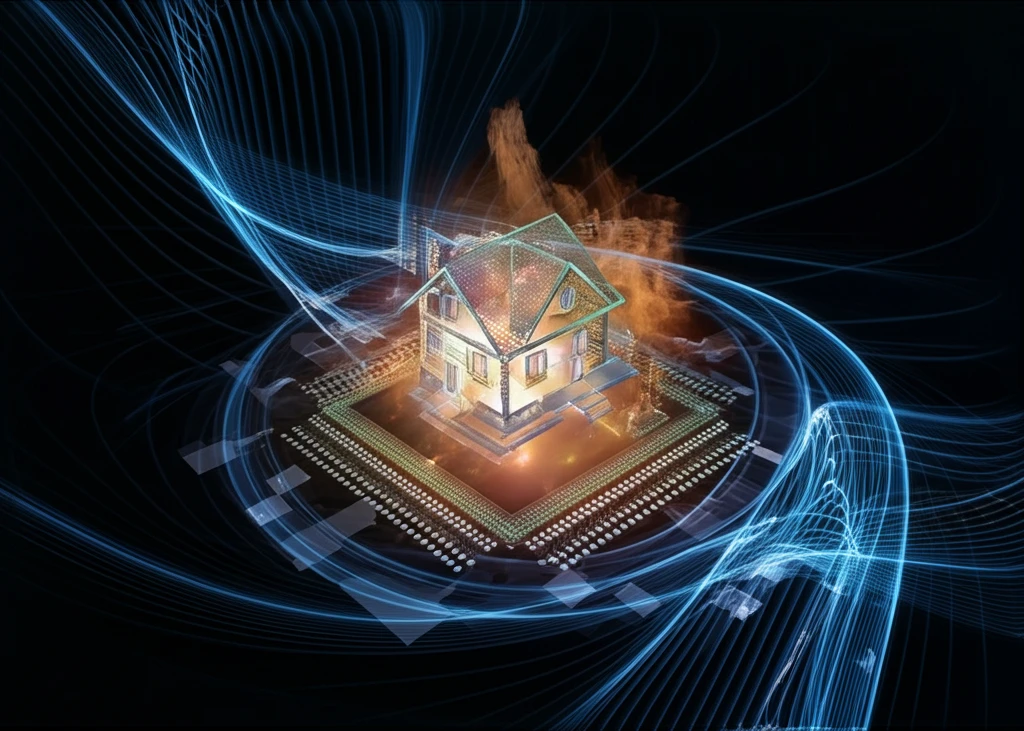
Unlocking Heat Transfer: How Understanding Fluid Dynamics Can Improve Your Tech and Home
"Delving into the Science of Mixed Convection: A Guide for Everyday Applications"
Have you ever wondered how your laptop stays cool even when you're running multiple programs, or how your home heating system efficiently warms every room? The answer lies in a fascinating area of physics called fluid dynamics, specifically the study of mixed convection. This complex process, involving both natural and forced movement of fluids, plays a vital role in a surprising number of everyday applications.
Mixed convection describes the heat transfer mechanism that combines natural convection (driven by density differences due to temperature variations) and forced convection (driven by external forces like fans or pumps). Understanding how these two forces interact is critical for optimizing the performance and efficiency of various technologies. From the design of efficient cooling systems for electronics to improving the thermal comfort of our homes, mastering mixed convection can lead to significant improvements in our daily lives.
This article explores the intricacies of mixed convection, translating complex research into accessible insights relevant to both tech enthusiasts and homeowners. We'll break down the key principles, examine real-world applications, and offer practical tips for leveraging this knowledge to enhance the performance and longevity of your devices and systems.
What is Mixed Convection and Why Should You Care?

At its core, mixed convection is about how heat moves through fluids (liquids and gases). Imagine a hot stove: the air directly above it heats up, becomes less dense, and rises. This is natural convection. Now, add a fan blowing air across the stove. That’s forced convection. Mixed convection happens when both these processes occur simultaneously, creating a complex dance of fluid movement and heat transfer.
- Electronic Cooling: Preventing overheating in computers, smartphones, and other devices is crucial for their performance and lifespan. Efficient mixed convection cooling systems are essential for dissipating heat generated by electronic components.
- HVAC Systems: Optimizing airflow and heat distribution in heating, ventilation, and air conditioning (HVAC) systems ensures comfortable and energy-efficient indoor environments.
- Industrial Processes: Many industrial processes, such as chemical reactions and material processing, rely on precise temperature control achieved through mixed convection.
- Renewable Energy: Solar collectors and geothermal systems utilize mixed convection to efficiently transfer heat from the environment to usable energy.
Practical Tips for Leveraging Mixed Convection at Home and Work
While the underlying physics of mixed convection can be complex, applying its principles in practical ways is surprisingly straightforward. Whether you're looking to improve the cooling of your gaming PC or optimize your home heating system, here are some actionable tips:
